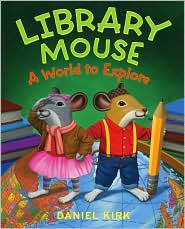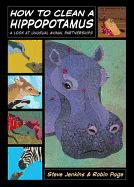
Using poetry this book tells the story of Prudence Crandall and her black students. There are 24 sonnets that use various voices as they tell the history in Canterbury , Connecticut
Reading Level:
Lexile: 850
Genre/Theme:
Nonfiction
Poetry
Diversity
Racism
Subject:
English Language Arts
Social Studies - Prudence Crandall - 1833
Teaching ideas for a 6th Grade Classroom:
Web Resources: http://www.ct.gov/cct/cwp/view.asp?a=2127&q=302260 – students can use this site to help further their research and understanding. This site offers links to information on the trials, Prudence Crandall’s annotated biography, and information on all the students that attended her school.
http://www.loc.gov/today/cyberlc/feature_wdesc.php?rec=4984 – Elizabeth Alexander talks about what poetry is and what if offers to us. This motivational speech also includes the art of writing poetry.
Suggested Delivery: Small Groups
Before Reading:
Vocabulary to introduce: ignorance, pantaloons, dutiful, genealogy, valise, abdicate, alabaster, infinite
Have students watch the video from the link above to motivate students' reading and writing of poetry.
Using a KWL chart, ask students what they already know and what they want to learn about Prudence Crandall. Write their responses.
During Reading:
Have students continue working on their KWL chart, filling in what they learned. Have students participate in literary discussions based on the following questions: How would this be viewed from the perspective of a Southerner? Why do you think Prudence Crandall wanted to educate African-American girls?
After Reading:
Have students use the following link to conduct research on Prudence Crandall and her students: http://www.ct.gov/cct/cwp/view.asp?a=2127&q=302260 . Have students work in pairs to write a Poem for Two Voices. One student can take the role of Prudence Crandall while another student can take the role of one of the students or students may choose any 2 characters from the story or website.
Alexander, E., Nelson, M., & Cooper, F. (2007). Miss Crandall's school for young ladies and little misses of color: poems. London














